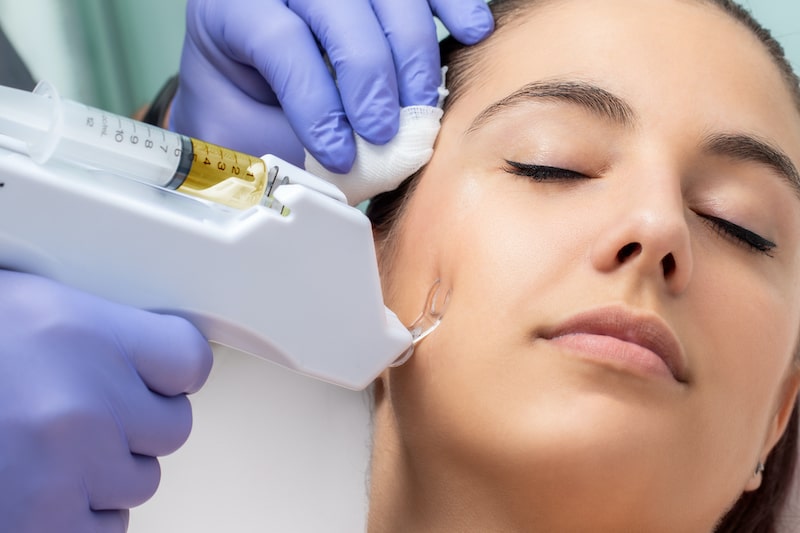
| Monday: | By agreement only |
| Tuesday: | CLOSED |
| Wednesday: | 10:00 - 17:00 |
| Thursday: | 10:00 – 18:00 |
| Friday: | 09:00 – 17:00 |
| Saturday: | 09:00 – 15:00 |
Skin Essentials will reopen the week beginning 11th October 2021.
Per NSW government regulations, only double vaccinated patients will be served when we reopen and we will be checking vaccination certificates for all patients upon booking. This requirement may change as of December 1st, and we will advise you accordingly.
Please email us (contact@skinessentials.com.au) or text us (0413174654) your vaccination certificate as soon after booking as you can. We will not be able to see anyone for treatments or confirm appointments without this.
In the interest of full disclosure, transparency and patient safety, all patient facing staff will be fully vaccinated by the time of reopening. Please read our reopening FAQ for more information.